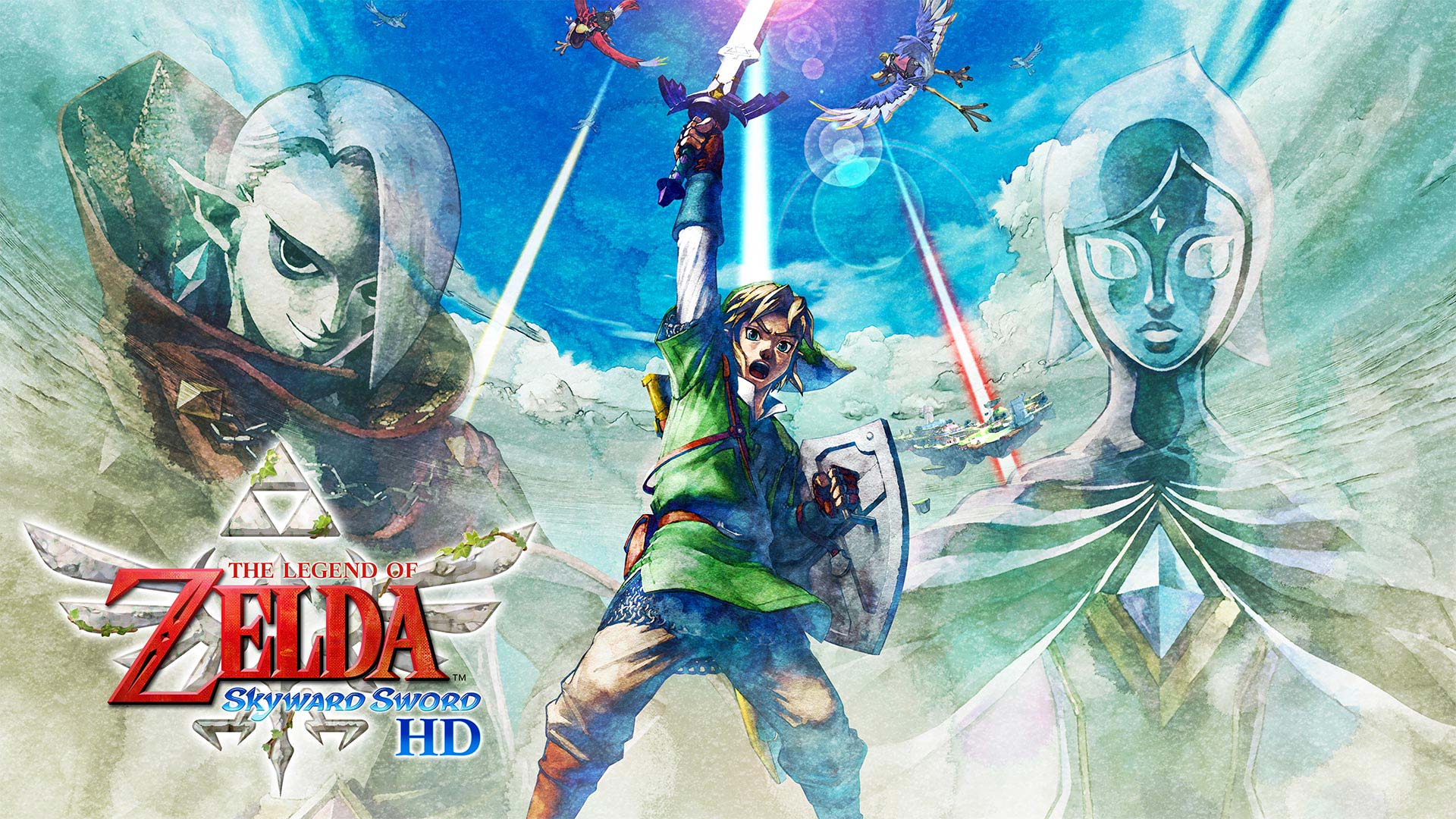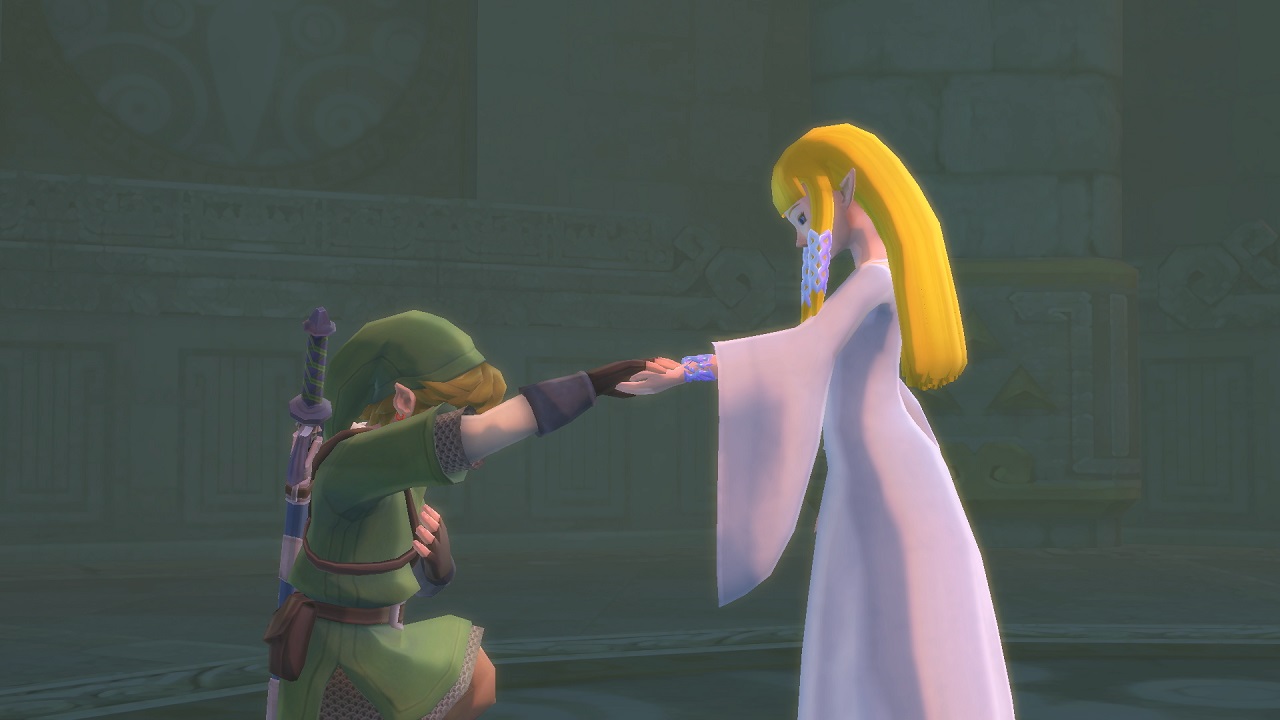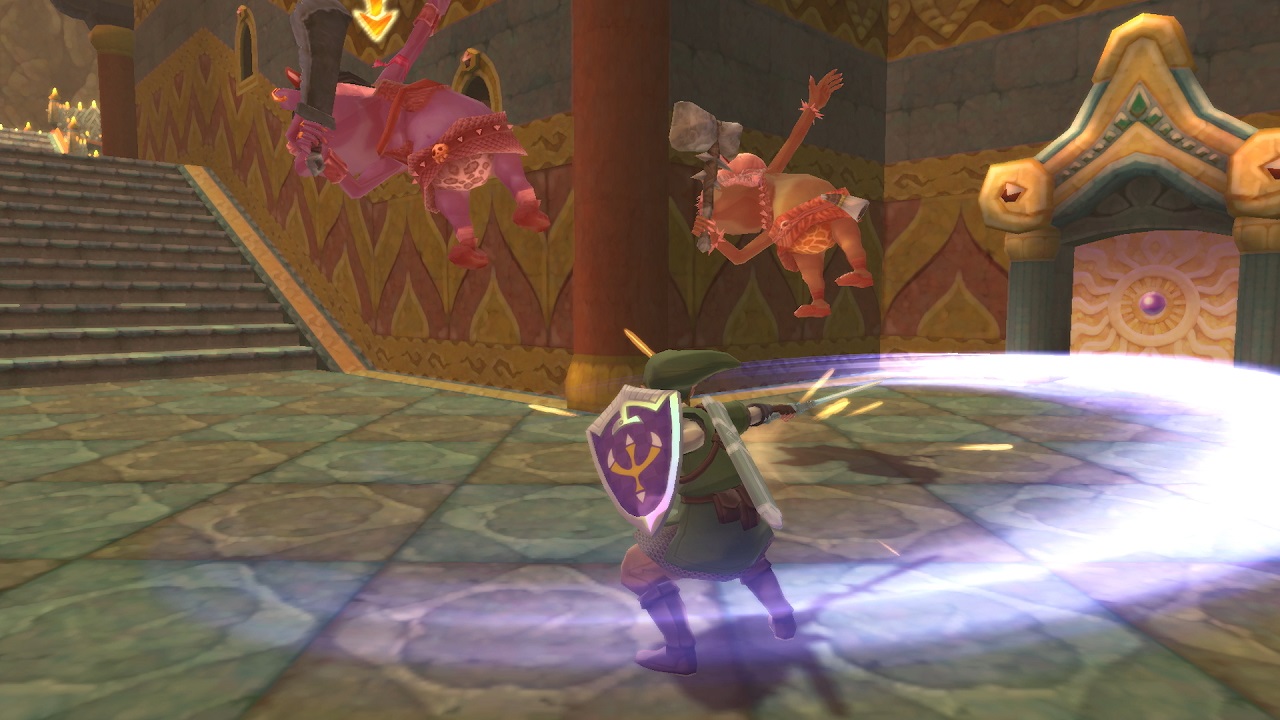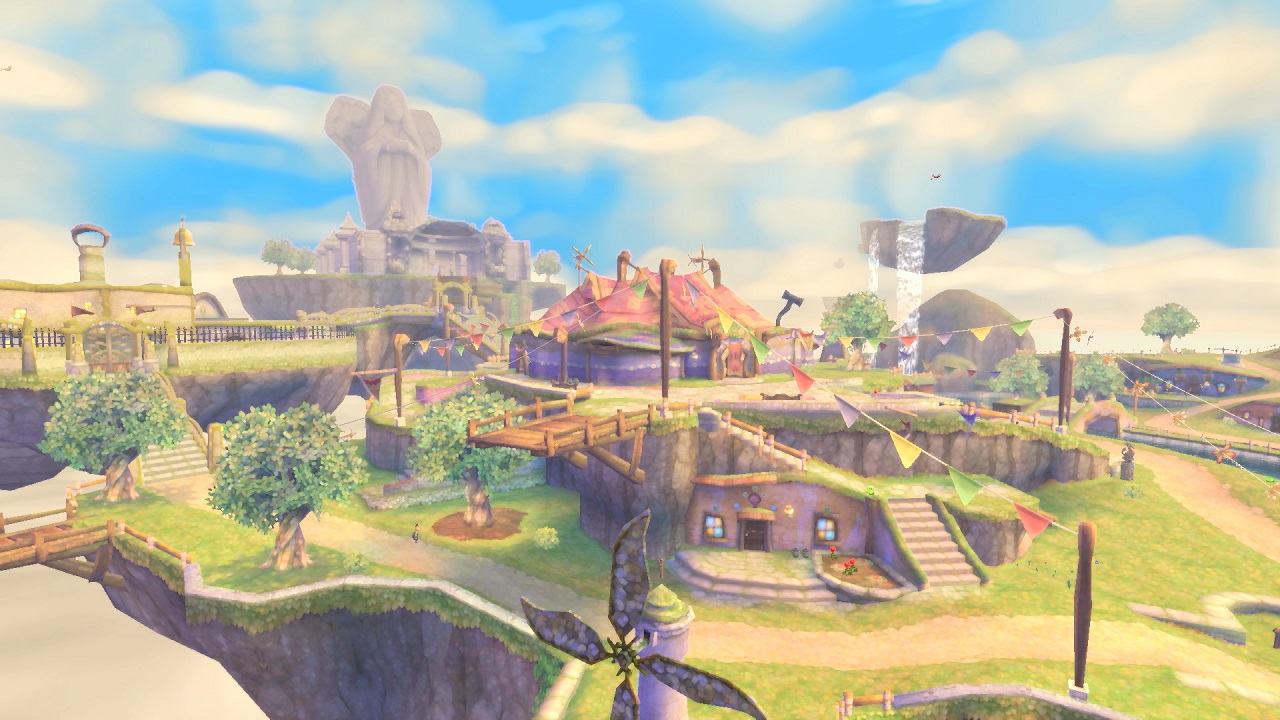Skyward Sword HD is the perfect Zelda game to remaster — here why
The Legend of Zelda: Skyward Sword HD could fix one of the original game's biggest problems

The Legend of Zelda: Skyward Sword HD was arguably the biggest announcement to come out of February’s Nintendo Direct. Sure, we saw Splatoon 3 and Mario Golf: Super Rush, but let’s face it: This month marks The Legend of Zelda’s 35th anniversary, and the people want more Zelda. Since we didn’t get any news about Breath of the Wild 2, Skyward Sword HD is the next best thing — and if fans aren’t thrilled by this news, then I’d like to argue that they should be.
Over the past few days, both the Tom’s Guide team and Twitter have been abuzz about Nintendo deciding to remaster such an underwhelming entry in the storied Legend of Zelda series. But ever since I first played it, Skyward Sword has been one of my favorite titles in the franchise. While the criticisms frequently leveled at the game are more than fair, Skyward Sword had more than enough inventive features to counterbalance them. And, furthermore, the Switch re-release will fix what was arguably Skyward Sword’s biggest problem.

Better than you remember
First off, there’s no way to know how many people love Skyward Sword and how many people hate it. But hop onto social media or a gaming forum, and you’ll find that the game has plenty of detractors. Our own news post on Skyward Sword HD’s announcement called the game “divisive.” Why, exactly, was Skyward Sword so controversial?
At the risk of reopening an old argument, I’m not entirely sure it was controversial at all. According to Metacritic, the game’s review scores averaged to 93 out of 100 among critics, and 8.1 out of 10 among fans.
Metacritic is not the be-all, end-all of gaming discourse, but it does provide us two useful snapshots. First: When the game first came out, people generally loved it, as evidenced by the review scores. Second: While praise for the game has cooled over time, fans still generally like it, as evidenced by the user scores.
Skyward Sword won end-of-year awards from more than a dozen publications and became the fastest-selling game in the Zelda franchise. At least four different major publications cite it as one of the best Wii games ever released, and I agree. (The rest of the Tom’s Guide crew had a more mixed opinion, so take that for what it’s worth.)
In other words: If Skyward Sword wasn’t your jam, that’s fine. But the people who have been loudly declaring the game’s various inadequacies for the past 10 years may not represent the majority opinion. And if that’s the case, then it’s only natural that a huge contingent of fans would be very excited to replay this game — particularly since it’s about to get a huge upgrade that goes well beyond graphics.
Sign up to get the BEST of Tom's Guide direct to your inbox.
Get instant access to breaking news, the hottest reviews, great deals and helpful tips.

Skyward Sword’s biggest problem
To lay my cards out on the table, I adored Skyward Sword. It’s not my very favorite Zelda game, but it’s easily in my top five. I liked it better than the experimental Majora’s Mask, the sometimes-aimless Wind Waker, or the formulaic Twilight Princess. Skyward Sword not only gave us a beautiful world, a novel way to travel, and some of the most exciting boss fights in the series; it also delved into the origins of the entire Zelda mythos. Rather than just another “rescue Zelda; fight Ganon” laundry list, we learned about how these characters originated, and why they’re destined to meet again and again.
(Fi was also a charming and bittersweet sidekick, and I won’t hear a word otherwise.)
You know that it’s coming from a place of respect, then, when I say that the controls nearly ruined the entire game for me. For those who don’t remember, Skyward Sword was a trial balloon for hardware called the Wii Motion Plus: an add-on for the Wii remote that made motion controls more accurate. To pull an example right from the Zelda series: In Twilight Princess, the Wii remote could interpret you swinging the remote as you swinging a sword. In Skyward Sword, the Wii remote could interpret which direction you wanted to swing from.
In theory, this could have made for a very accurate swordfighting sim. But in practice, it had two problems. First, even the vaunted Wii Motion Plus was not quite robust enough to accurately track directionality for every stroke in a 40-hour adventure. I’ll never forget nearly getting clobbered by the final boss because a pivotal attack requires you to hold your sword straight up, and the Wii Motion Plus insisted that I was holding it slightly to the side. If your game requires precision, your hardware has to be able to deliver it.
The second, and somewhat larger, problem is that Zelda has never really been a combat-centric series. That may sound odd, considering the prominent sword iconography in almost every game. But combat in Zelda is almost always a means to an end; something to pass the time as you travel or deal with puzzles. Even the boss fights rarely require demanding sword skills, opting instead to highlight whichever object you’ve collected in the most recent dungeon.
As such, hitching Skyward Sword’s wagon to exacting motion-control swordplay was arguably a mistake on at least two levels. That’s why I was so pleased when I heard that Skyward Sword would let players opt to use standard controls instead. To choose a sword stroke’s directionality, players will simply use the right analog stick.
(Using the right analog stick for sword combat is a dicey proposition, but not totally unworkable. Star Wars: Obi-Wan did it well; Too Human did it poorly. We’ll see where Skyward Sword ends up.)
Of course, if you want to give the motion controls a go, you can simply use the Joy-Cons. Hopefully, they’ll be more accurate than the Wii Motion Plus was. But if they’re not, giving players a backup choice is an incredibly welcome addition. I wish we’d had this choice ten years ago.

Skyward Sword outlook
Naturally, we can’t say whether Skyward Sword HD will be good until it arrives on July 16. But we can say, at least, that the core game may be better than you remember, and that Nintendo has (theoretically) made a very smart upgrade to the game’s core control scheme. The new controls alone may make the game worth revisiting. Either control scheme will work with the stylish Skyward Sword Joy-Cons — assuming you can find a pair.
Marshall Honorof is a senior editor for Tom's Guide, overseeing the site's coverage of gaming hardware and software. He comes from a science writing background, having studied paleomammalogy, biological anthropology, and the history of science and technology. After hours, you can find him practicing taekwondo or doing deep dives on classic sci-fi.

